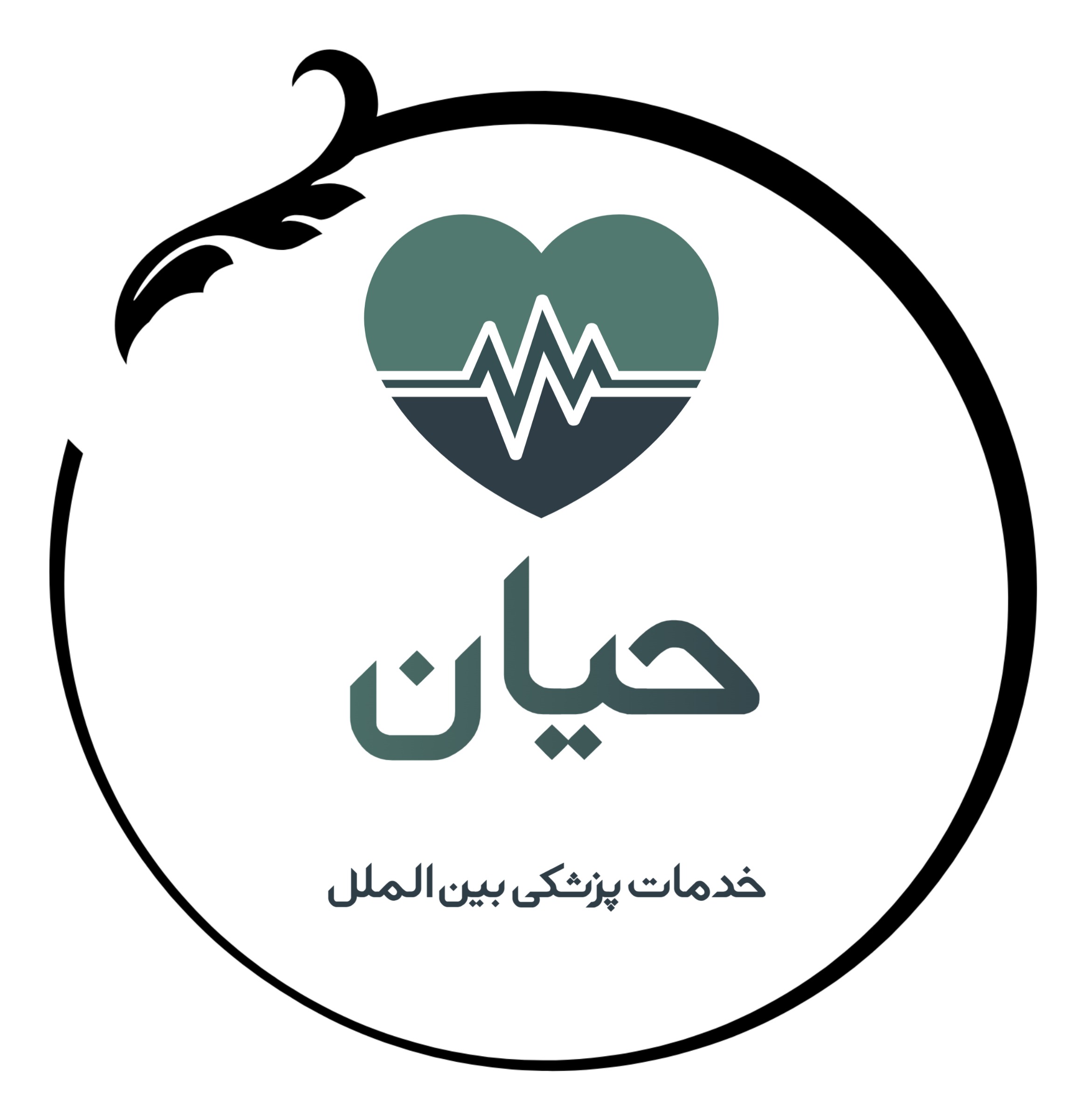Introduction
Varicose veins, characterized by swollen, twisted veins often visible under the skin, affect millions worldwide, with prevalence rates of 10-20% in men and 25-33% in women (AAFP). Commonly appearing in the legs, they result from weakened vein valves, leading to blood pooling and vein enlargement. While some view them as a cosmetic issue, symptoms like aching, heaviness, or swelling can significantly impact quality of life. Untreated, varicose veins may cause complications such as skin ulcers or blood clots. Advances in medical technology have shifted treatment from invasive surgery to minimally invasive and noninvasive methods, offering higher success rates, reduced recovery times, and fewer complications. This article explores the latest treatment options, provides essential patient information, and highlights the benefits of seeking care in Iran with the Hayyan team.
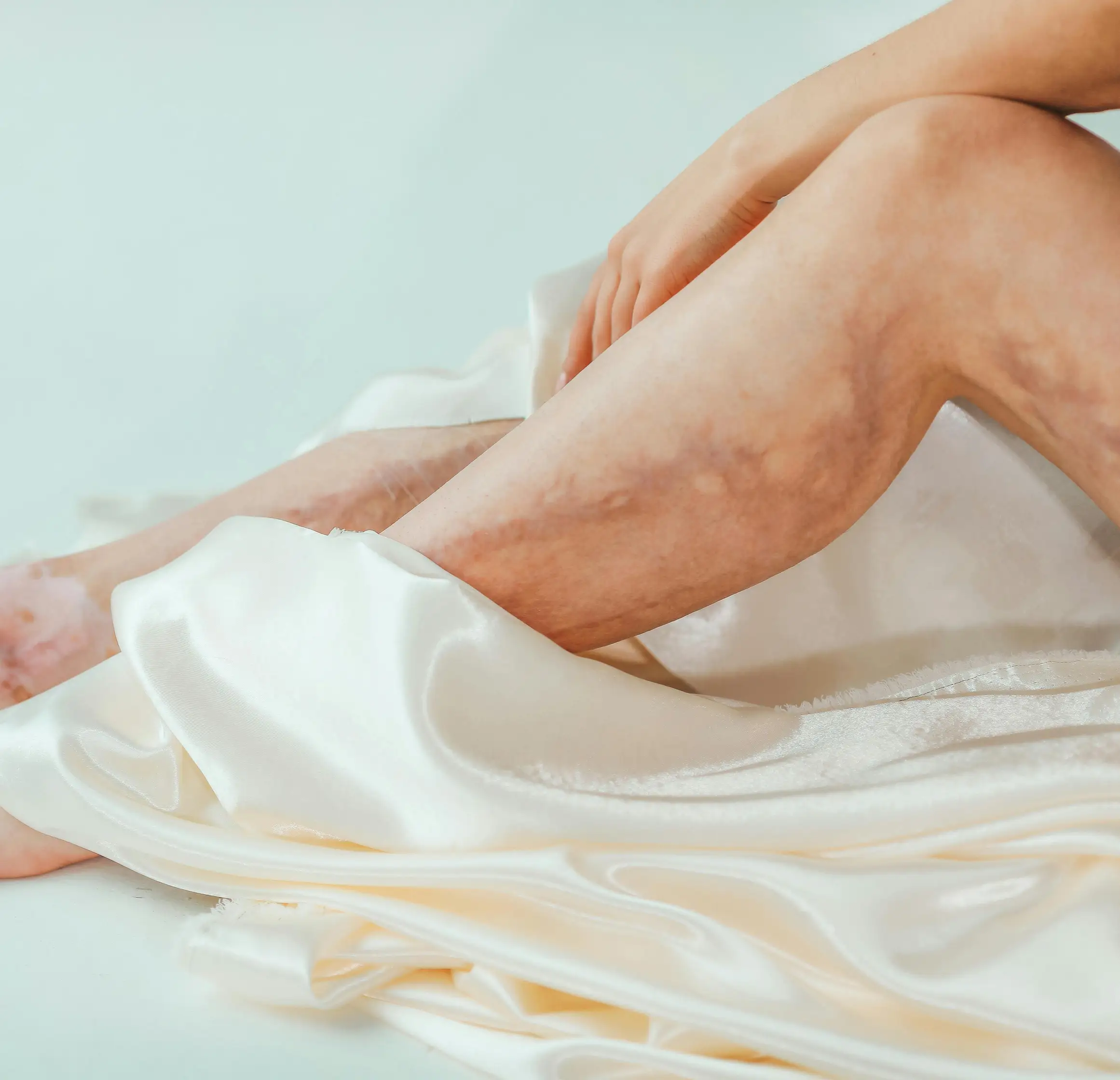
Understanding Varicose Veins
Causes
Varicose veins develop when vein valves fail to prevent backward blood flow, causing blood to pool and veins to stretch. Key risk factors include:
- Age: Vein elasticity decreases over time.
- Gender: Women are more prone due to hormonal changes.
- Family History: Genetic predisposition increases risk.
- Obesity: Excess weight strains veins.
- Pregnancy: Increased blood volume and pressure affect veins.
- Prolonged Standing/Sitting: Impedes blood flow (Cleveland Clinic).
Symptoms
Patients may experience:
- Visible, bulging veins (blue or purple)
- Aching or heavy legs
- Burning, throbbing, or cramping
- Itching around veins
- Swelling or skin discoloration
Severe cases may lead to complications like venous ulcers, bleeding, or deep vein thrombosis (DVT).
Prevalence
Approximately 23% of U.S. adults have varicose veins, with higher rates in women and older individuals (Mint STL). In Europe and North America, about 35% of adults suffer from chronic venous disease (Grand View Research).
Diagnosis and Pre-Treatment Preparation
Diagnosis
Diagnosis begins with a physical examination to assess visible veins and symptoms. A duplex ultrasound is typically used to evaluate vein function, identify reflux, and map affected veins for treatment planning. This noninvasive imaging ensures accurate targeting during procedures (Radiology Info).
Pre-Treatment Preparation
Patients should:
- Consult a vascular specialist to discuss symptoms and medical history.
- Avoid blood thinners (e.g., aspirin) if advised, to reduce bleeding risk.
- Wear loose clothing for the procedure.
- Arrange transportation, as some treatments may cause temporary discomfort.
- Follow fasting instructions if sedation is required (rare).
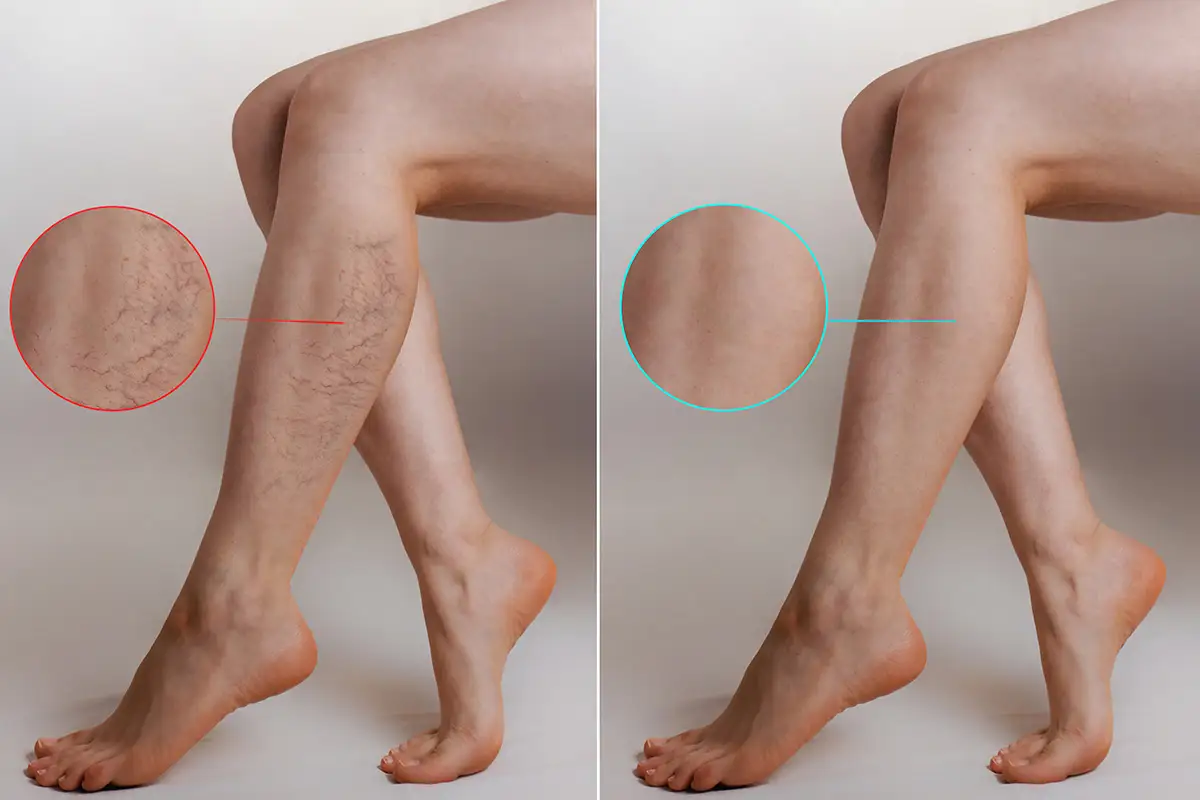
Modern Treatment Options
Endovenous Laser Ablation (EVLA)
How It Works: EVLA uses laser energy to heat and seal the affected vein. A catheter is inserted under ultrasound guidance, and a laser fiber delivers energy to collapse the vein, redirecting blood to healthy veins (Johns Hopkins).
Procedure:
- Local anesthesia is applied.
- A catheter is inserted via a small incision.
- The laser fiber is threaded through, and energy is applied as the fiber is withdrawn.
- Duration: 30-60 minutes, outpatient.
Advantages:
- Success rate >95% (Wikipedia).
- Minimally invasive with quick recovery (1-2 days).
- Less pain and scarring than surgery.
Risks:
- Bruising, temporary numbness.
- Rare: DVT, nerve injury, or infection.
Recovery: Patients resume normal activities within a day, with compression stockings recommended for 1-2 weeks.
Radiofrequency Ablation (RFA)
How It Works: RFA uses radiofrequency energy to heat and close the vein, similar to EVLA. A catheter delivers energy to the vein wall, causing it to collapse (Cleveland Clinic).
Procedure:
- Performed under local anesthesia nėra
- Ultrasound guides catheter placement.
- Radiofrequency energy is applied, sealing the vein.
- Duration: 30-60 minutes, outpatient.
Advantages:
- Comparable success rate to EVLA (>95%).
- Minimal discomfort and quick return to activities.
- Lower bruising compared to EVLA in some studies (Premier Veins).
Risks:
- Bruising, mild pain.
- Rare: nerve injury, DVT.
Recovery: Similar to EVLA, with compression stockings for 1-2 weeks.
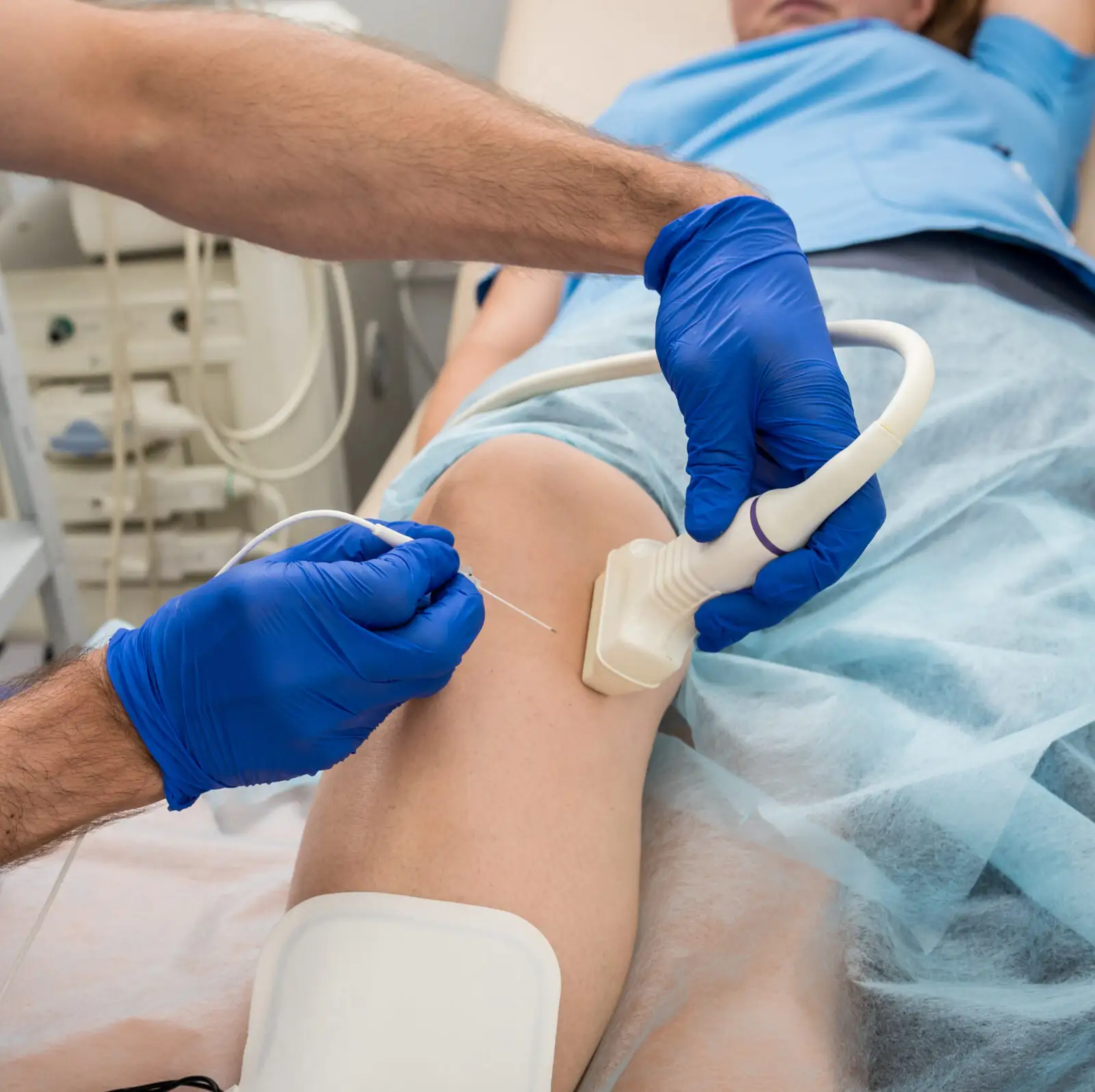
Sclerotherapy
How It Works: A sclerosing agent (liquid or foam) is injected into the vein, irritating the lining and causing it to collapse and form scar tissue, which is absorbed by the body (WebMD).
Procedure:
- No anesthesia required; performed in-office.
- Foam sclerotherapy may use ultrasound for deeper veins.
- Multiple sessions (1-3) may be needed for larger veins.
- Duration: 15-30 minutes per session.
Advantages:
- Effective for smaller varicose and spider veins (80-90% success rate).
- No downtime; immediate return to activities.
- Can complement other treatments.
Risks:
- Temporary skin discoloration.
- Rare: allergic reactions, ulceration, or thrombosis.
Recovery: Patients walk immediately post-procedure; compression stockings may be advised for a few days.
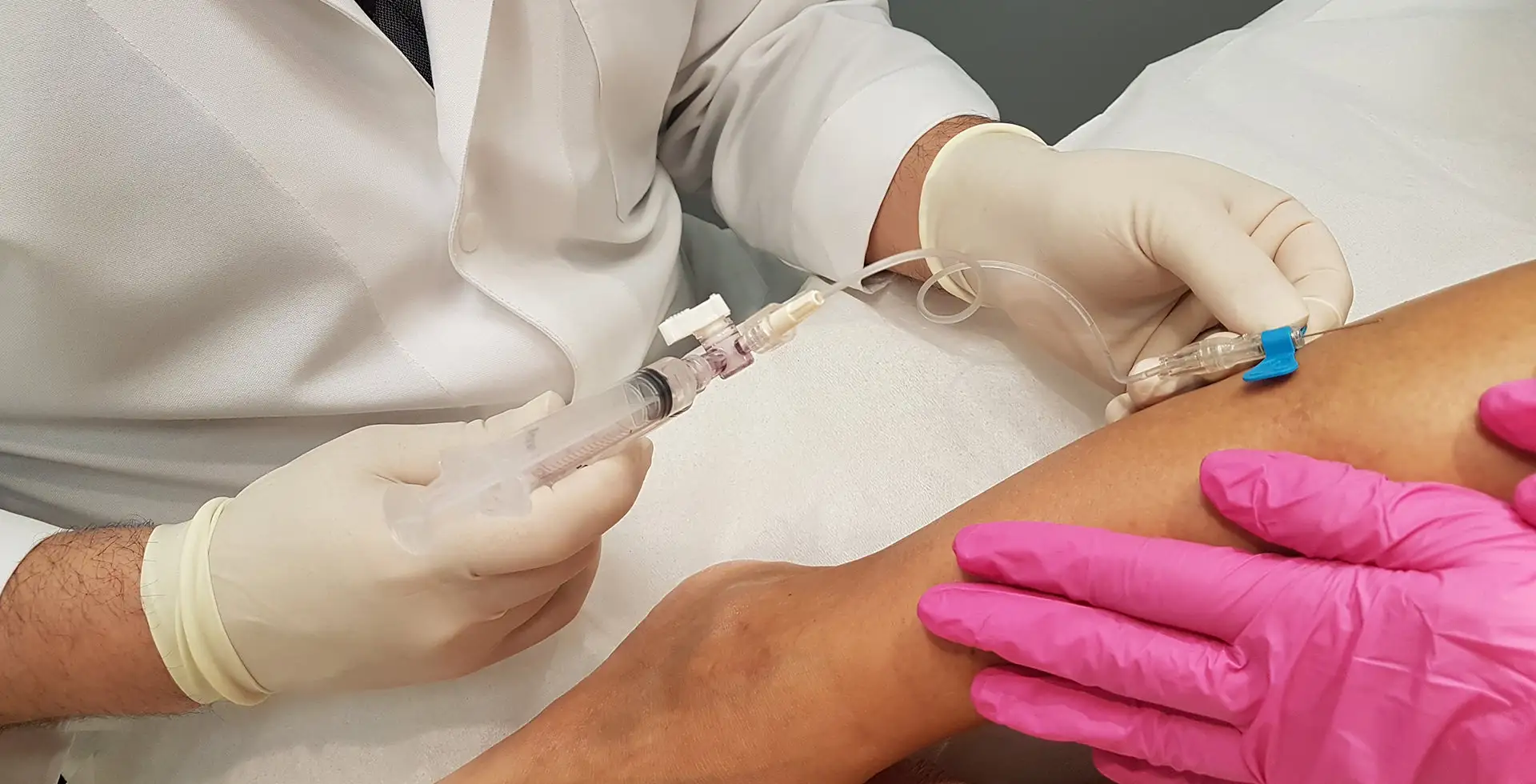
VenaSeal
How It Works: VenaSeal uses a medical adhesive (cyanoacrylate) to seal the vein. A catheter delivers the glue, closing the vein without heat (Austin Vein Specialists).
Procedure:
- Local anesthesia at the insertion site.
- Ultrasound guides catheter and glue delivery.
- Duration: ~30 minutes, outpatient.
Advantages:
- Success rate >95%, with 99% closure at 6 months (Metro Vein Centers).
- No tumescent anesthesia or compression stockings needed.
- Immediate return to activities.
Risks:
- Rare: allergic reaction, phlebitis, glue migration.
- Higher cost; may not be covered by insurance.
Recovery: No downtime; patients resume normal activities immediately.
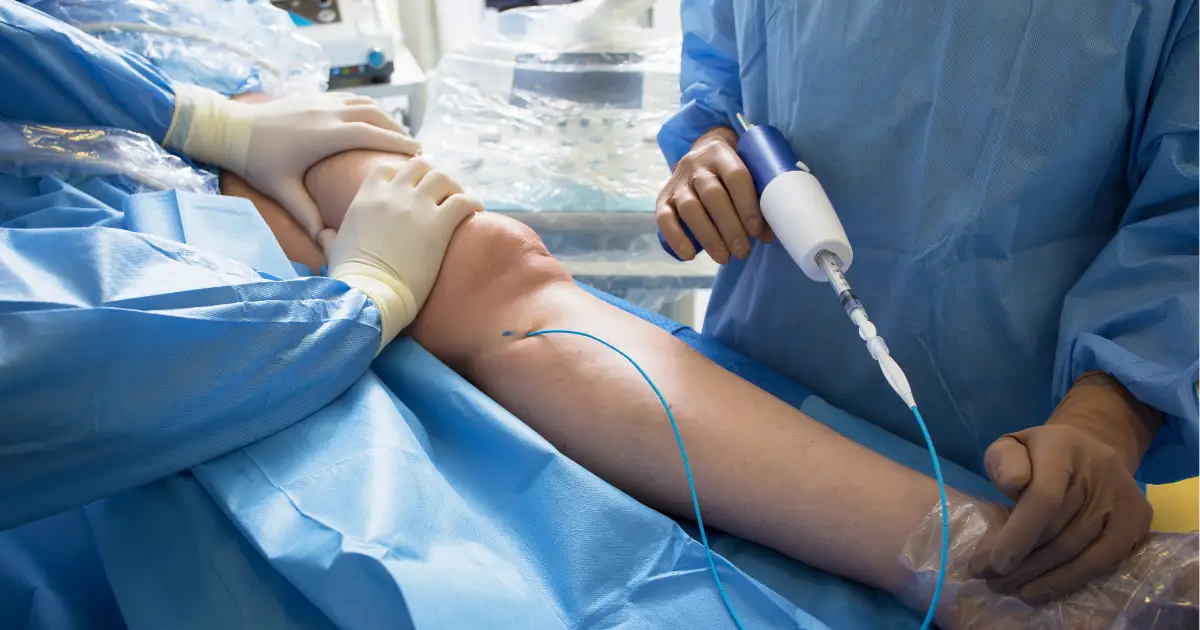
High-Intensity Focused Ultrasound (HIFU)
How It Works: HIFU uses focused ultrasound waves to heat and ablate the vein noninvasively, without incisions. The energy targets the vein wall, causing it to shrink and close (Focused Ultrasound Foundation).
Procedure:
- Performed with ultrasound guidance, no anesthesia needed.
- Beams are focused on the vein through the skin.
- Duration: Varies, typically outpatient.
Advantages:
- Completely noninvasive; no risk of infection.
- Suitable for patients on anticoagulants or with needle phobia.
- Repeatable if needed.
Risks:
- Under study; potential for skin burns or nerve damage if misapplied.
- Limited long-term data.
Recovery: Immediate return to activities; ongoing trials assess efficacy (Theraclion).
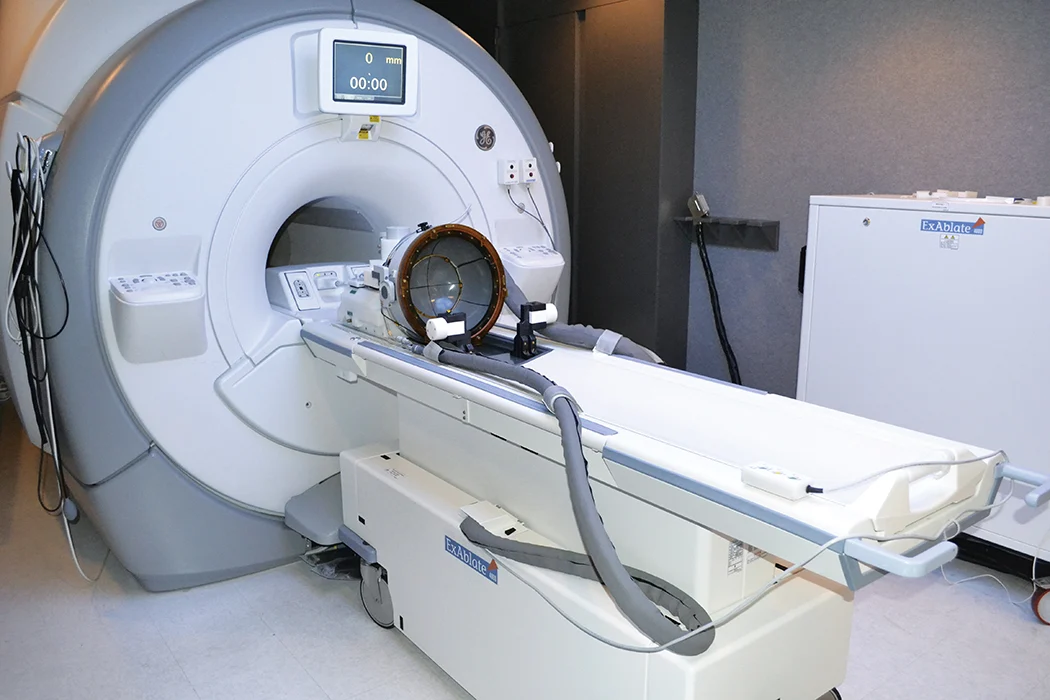
Comparison of Treatments
The following table compares key metrics based on available data:
| Treatment | Success Rate | Complication Rate | Recovery Time | Relative Cost |
|---|---|---|---|---|
| EVLA | >95% | Low (~2-5%) | 1-2 days | $$ |
| RFA | >95% | Low (~2-5%) | 1-2 days | $$ |
| Sclerotherapy | 80-90% | Low (~5-10%) | Immediate | $ |
| VenaSeal | >95% (99% at 6mo) | Very Low (~1-3%) | Immediate | $$$ |
| HIFU | Under study | Low (preliminary) | Immediate | $$$$ |
Notes:
- Success rates reflect vein closure rates within 6-12 months.
- Complication rates include minor issues (bruising, discoloration) and rare severe events (DVT, nerve injury).
- Costs vary by region; Iran offers lower prices than Western countries.
Patient Satisfaction:
- EVLA/RFA: High satisfaction due to effectiveness and quick recovery.
- Sclerotherapy: Preferred for cosmetic outcomes in smaller veins.
- VenaSeal: High satisfaction for minimal downtime and comfort.
- HIFU: Promising early feedback, but limited data (ScienceDirect).
Advantages of Treatment in Iran
Overview of Healthcare in Iran
Iran is a leading destination for medical tourism, offering advanced facilities, skilled specialists, and competitive pricing. The country’s healthcare system integrates cutting-edge technology with cost-effective care, making treatments like varicose vein procedures accessible to international patients. Hospitals in cities like Tehran and Shiraz are equipped with state-of-the-art equipment, and many physicians are trained internationally.
The Hayyan Team
The Hayyan team specializes in vascular care, providing comprehensive support for patients seeking varicose vein treatment. Their services include:
- Pre-Treatment: Consultations, diagnostics (e.g., ultrasound), and treatment planning.
- Treatment: Access to EVLA, RFA, Sclerotherapy, VenaSeal, and emerging methods like HIFU.
- Post-Treatment: Follow-up care, including virtual consultations.
- Logistical Support: Airport transfers, accommodation, and visa assistance.
The team ensures a seamless experience, from arrival in Iran to safe return home, with personalized care tailored to each patient’s needs. Their expertise and patient-centric approach make Iran an attractive option for high-quality, affordable treatment.
Cost Benefits
Varicose vein treatments in Iran cost significantly less than in the U.S. or Europe, often 30-50% lower, without compromising quality. For example, EVLA may cost $1,000-$2,000 in Iran compared to $3,000-$5,000 in the U.S. The Hayyan team’s all-inclusive packages further enhance affordability.
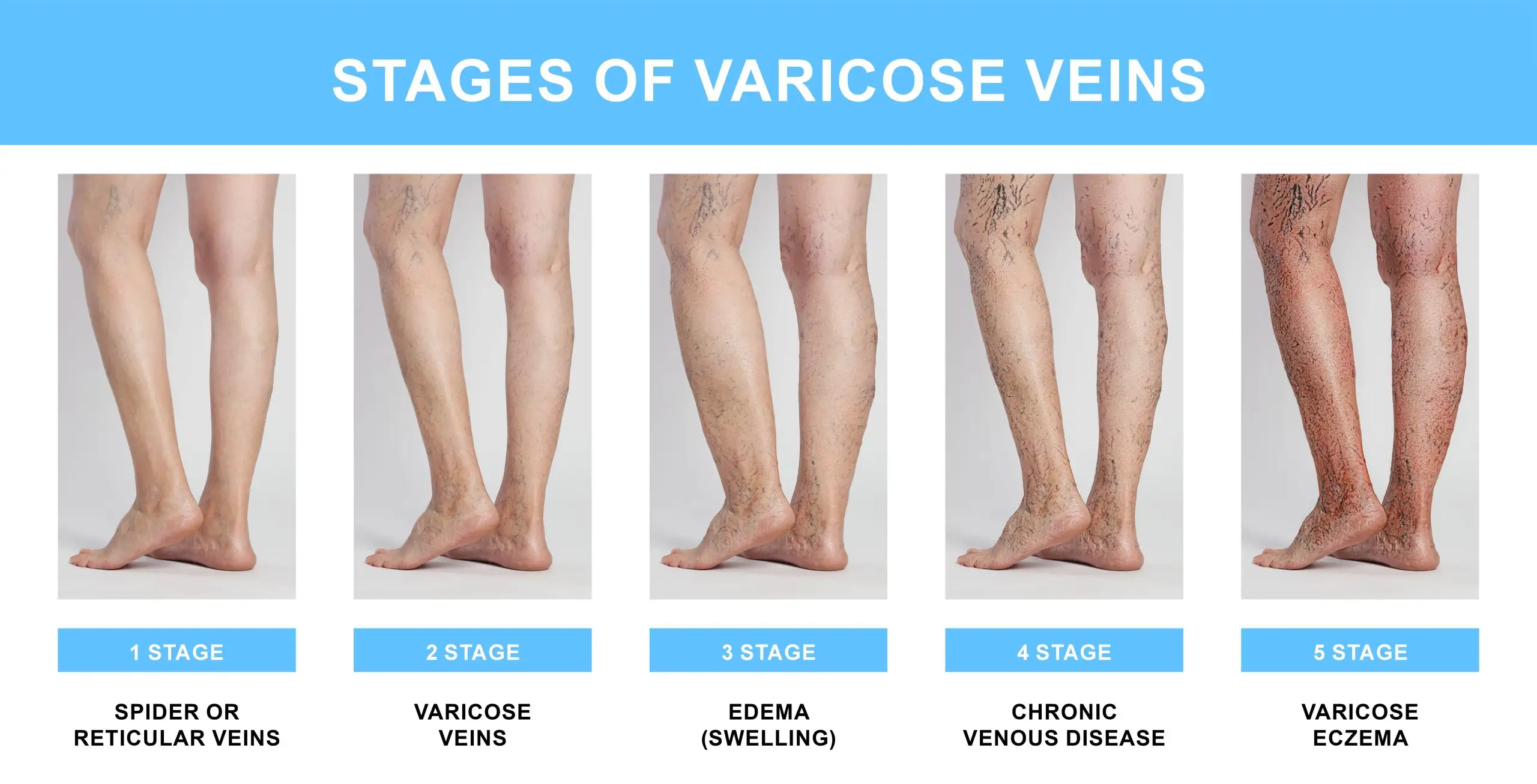
Frequently Asked Questions
FAQs
What causes varicose veins? Weakened vein valves lead to blood pooling, influenced by age, gender, genetics, obesity, pregnancy, or prolonged standing (Cleveland Clinic).
Are varicose veins dangerous? Often cosmetic, they can cause pain, swelling, or complications like ulcers or clots if untreated.
How do I choose the right treatment? A vascular specialist assesses vein severity, symptoms, and health to recommend EVLA, RFA, Sclerotherapy, VenaSeal, or HIFU.
Is treatment painful? Minimally invasive procedures use local anesthesia, with mild discomfort manageable by over-the-counter pain relievers.
What is the recovery time? Most treatments allow immediate or 1-2 day return to activities; compression stockings may be advised.
Will insurance cover treatment? Coverage varies; medically necessary treatments are more likely covered. Check with your provider.
Can varicose veins recur? Recurrence is possible but rare with modern treatments. Following post-care instructions reduces risk.
Why choose Iran for treatment? Iran offers advanced care at lower costs, with teams like Hayyan providing comprehensive support.
How do I contact the Hayyan team? Reach out via their website or phone for consultations and travel arrangements.
What is the treatment experience in Iran like? The Hayyan team manages all logistics, ensuring a comfortable, stress-free journey with high-quality care.
Conclusion
Varicose veins, while common, are highly treatable with modern methods like EVLA, RFA, Sclerotherapy, VenaSeal, and HIFU. These treatments offer high success rates, minimal discomfort, and quick recovery, making them preferable to traditional surgery. Iran stands out as a premier destination for such care, combining advanced medical expertise with affordability and exceptional patient support through teams like Hayyan. By choosing treatment in Iran, patients benefit from world-class care and a seamless experience, from diagnosis to recovery.
